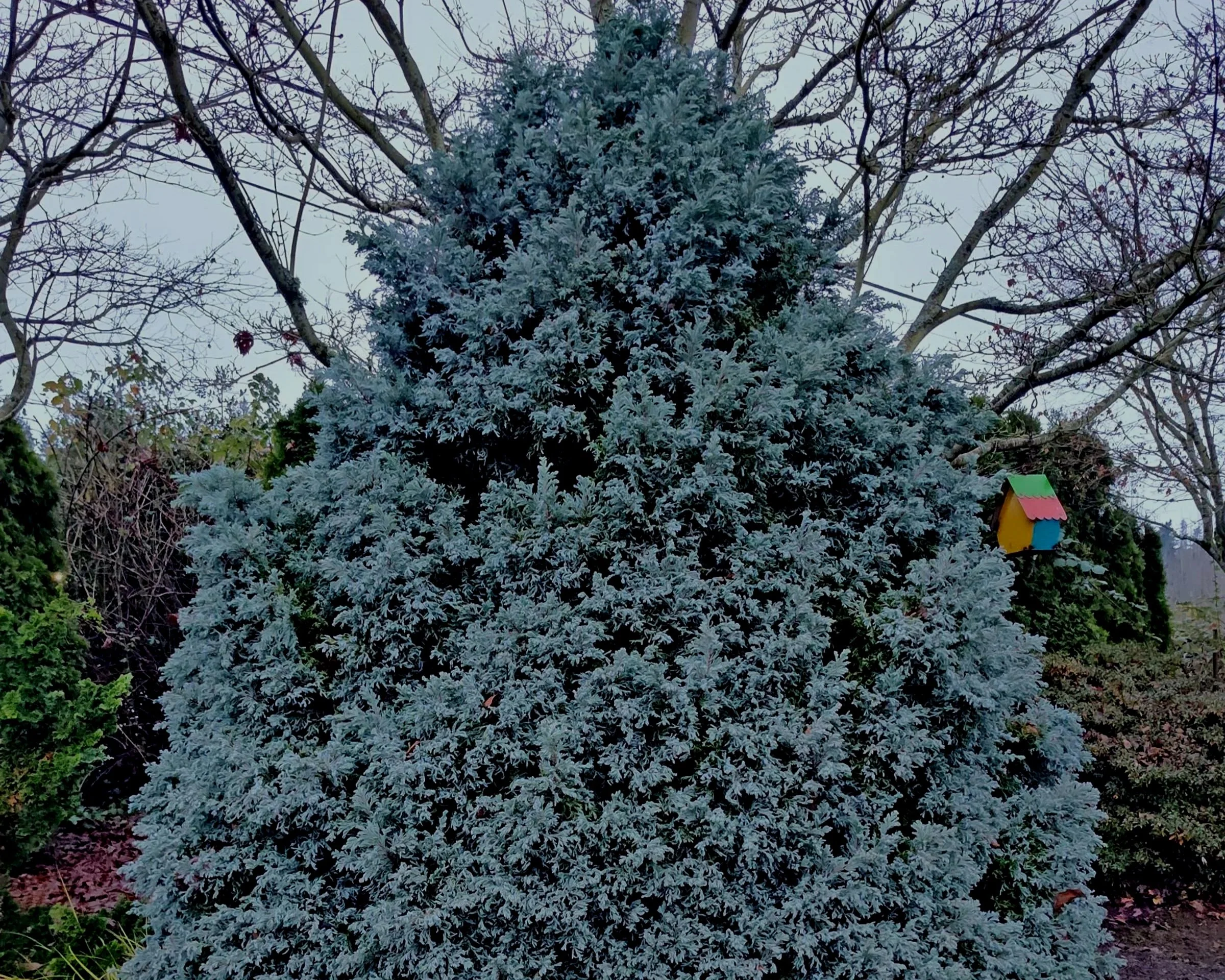One outstanding shrub choice for spring color is the Barberry. Not only do these offer us showy spring flowers, but they also provide us with numerous foliage color options and growth habits. All thrive in hot sunny locales, are drought tolerant once established, and resist browsing deer as well. From low, globe-shaped specimens to upright, arching growers, there is certainly a variety of Barberry to enjoy, for almost any spot in the landscape.
All Barberries are old wood bloomers, which simply means that they bloom on last year’s wood in March and April each spring. Keep this in mind when considering your yearly pruning options. They can easily be cut back now, going into spring, but keep in mind this will eliminate some or all of the flowers. Waiting until after bloom to prune will allow our early pollinator friends to visit the flowers. Bloom color is typically a bright sunny-yellow on the vast majority of choices, but a few sport striking orange flowers. Most are deciduous and will turn colors in autumn, but there are also a few evergreen options to ponder.
The Warty Barberry (Berberis verruculosa), William Penn Barberry (Berberis gladwynensis), and Darwin Barberry (Berberis darwinii) all keep their foliage and even turn lovely shades of red to burgundy over colder winter months, adding yet more interest. If you like orange, like I do, the Darwin Barberry offers a crisp orange flower color in March, season after season. These are all great choices for a “security” hedge (as I call them) – no one wants to climb through these thorny shrubs, so they make a wonderful barrier. When let go, they mature into showy, arching specimens full of character, or they can be kept much lower and hedge-like with an annual shearing back (hopefully after bloom!) in spring.
There are a number of excellent cultivars of Japanese Barberry (Berberis thunbergii) to drool over at nurseries every spring. These are deciduous and sport yellow flowers on bare wood, then they quickly leaf out in all sorts of bright foliage colors, from yellow to orange to red to burgundy. There are some great classic Barberry flavors like ‘Rose Glow’ (variegated foliage in white/pink/burgundy tones and a large arching habit) or ‘Helmond Pillar’ (deep burgundy foliage and tighter columnar habit), as well as many others worthy of consideration. Some of the more “modern” varieties are a bit tidier for smaller yards or work even in containers. Here are a few to I would ask you to consider…
‘Golden Ruby’: This is my favorite dwarf grower (about 2 feet tall and wide) from Monrovia Nursery. Yellow spring flowers on bare wood in March are followed with a kaleidoscope of foliage colors in the coral-orange tones. Heat of the summer adds a yellow leaf margin, then the plant turns brilliant orange to brick red in the fall. It is very similar to another good one called ‘Admiration’ that grows a touch larger with age.
‘Golden Nugget’: The superior, tidy dwarf (about 1 foot tall and 2 feet wide) golden foliage barberry on the market from Monrovia Nursery. Yellow flowers are followed by bright yellow foliage with a touch of orange in spring and summer, finally turning a nice orangey-red for fall color interest.
‘Orange Rocket’: These have yellow flowers on bare wood in March and bright orangey-coral foliage in spring. Summer adds more green color to the leaf, and finally they turn ruby-red in autumn. This variety offers a more upright, arching habit (about 6 feet tall and 4 feet wide) as part of the “Rocket” series – you can also find other colors - yellow (‘Golden Rocket’) and pink/burgundy (‘Rosy Rocket’) as well.
‘Concorde’: An excellent deep maroon to purple foliage dwarf (about 2 feet tall and wide) variety that stays intense all summer in sun, finally turning to brighter scarlet tones in the fall. The superior, dark-leafed dwarf (in my opinion) that is very disease resistant and seedless.
‘Limoncello’: One of my personal favorites each spring, leafing out a brilliant yellow with orangey leaf margins. Grows into a larger mound (about 4 feet tall and wide) and turns a bright orange in the fall. A great choice from Bailey Nursery’s First Edition Shrub Program offering disease resistant and seedless traits as well.
I sincerely hope you consider adding some Barberry into your home landscape, even if you may have been pricked or poked by one before. As the father of two young boys, what could be a better choice for under the bedroom window to eliminate future late night visits or escapes? Visit your local nursery and look at your options with a Certified Professional Horticulturist as they are just now leafing out and blooming. After putting on the leather gloves and body armor, (just kidding, but yes wear gloves!) try planting a few, you will not be disappointed!


